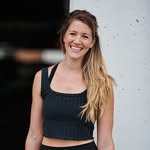
Dr. Lauren Shelton, DPT, OCS | longevity-focused fitness
Build strength you can sustain & feel good doing it.
Founder of Loa Movement
Try 14 Days for Free👇🏼
Recent Posts
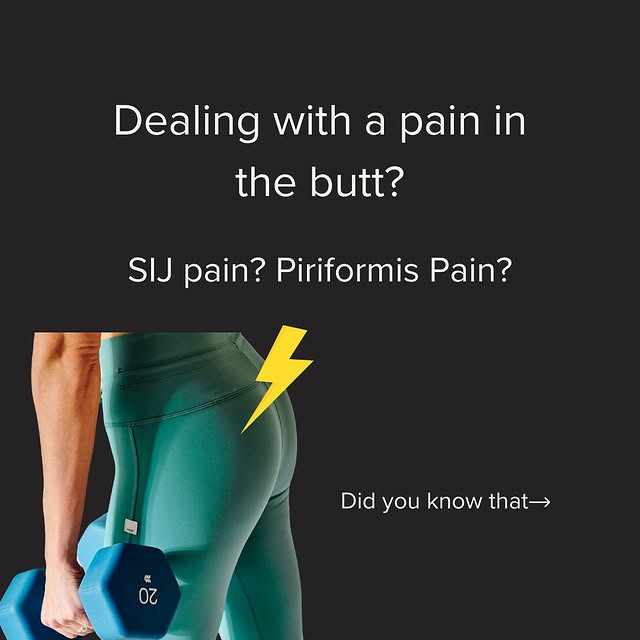
Moving the pelvis in a variety of positions 👌🏼👌🏼 My love for the Standing Hip Shift is never ending 🙌🏼😍😅
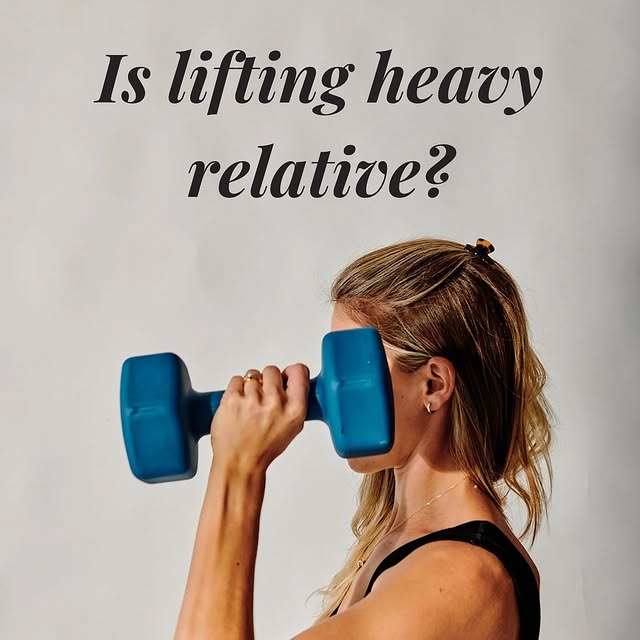
👉🏼Want a FREE Loa Movement class? No CC required!!🎉 (this is the first time I’ve EVER done this) 👉🏼Comment FREE25 for the class to be sent directly to your DMs!💗

⬇️One thing that’s ALWAYS going to matter when you’re using dumbbells YOUR POSITION IN RELATION TO GRAVITY🔑 Think of this: If you hold a dumbbell down by your side, it’s pretty easy. If you hold it straight out in front of you, it’s much harder!🥵 That’s because you’ve positioned the dumbbell so it’s now perpendicular to gravity. In these Lateral Raise Variations: 👉🏼When you’re leaning away from the wall, gravity is actually ASSISTING (or at least minimally loading) for the majority of the movement. ✨So you might be able to hold a heavier weight, but only because it’s biomechanically easier (due to your orientation to gravity). 👉🏼If you lean toward the wall (or the sidelying variation), now gravity is actually RESISTING throughout the majority of the movement. ✨So you may have to hold a lighter weight, because its biomechanically more challenging and a more effective loading position! 🔑🔑Lifting heavy is somewhat relative… because it depends on the exercise you choose and your relationship to gravity. Which is why I care way more about achieving MUSCLE FATIGUE than I do the number on the dumbbell!🎉
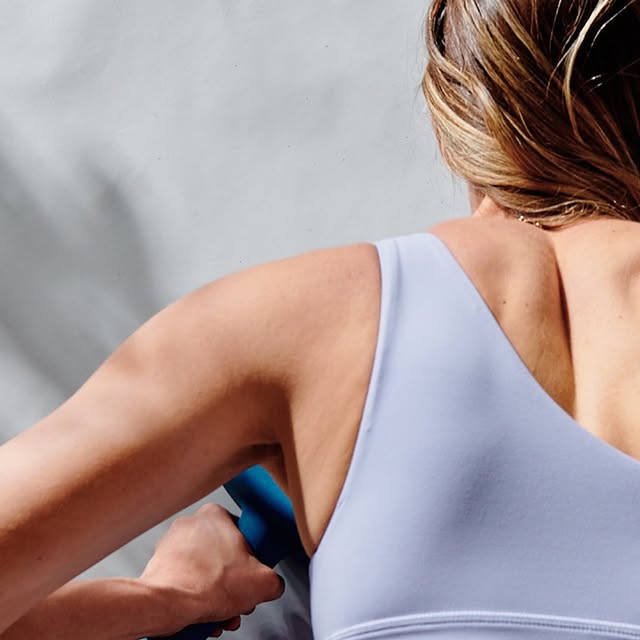
✨Over the past few years I’ve kind of stopped using any verbiage in my classes that encourage someone to squeeze or hold their body a certain way. For example, I don’t cue to “brace” your core. Or “squeeze” your shoulder blades. Instead I really like to encourage rotation and normal movement in exercise, because I think this translates to better movement in life🤗 👉🏼Think of constantly squeezing your glutes or bracing your core as sort of “clenching” your jaw. We want our muscles and joints to go through normal ranges- lengthening and contracting and flowing freely versus being held rigidly in one position as a way to “stabilize” The shoulder blades are no different. The scapula is literally “floating” on the ribcage to allow for motion in all directions! When our arm moves, so should our shoulder blade! ✨Trying to squeeze and pin our scapula on our ribcage can prevent normal movement that our body needs!
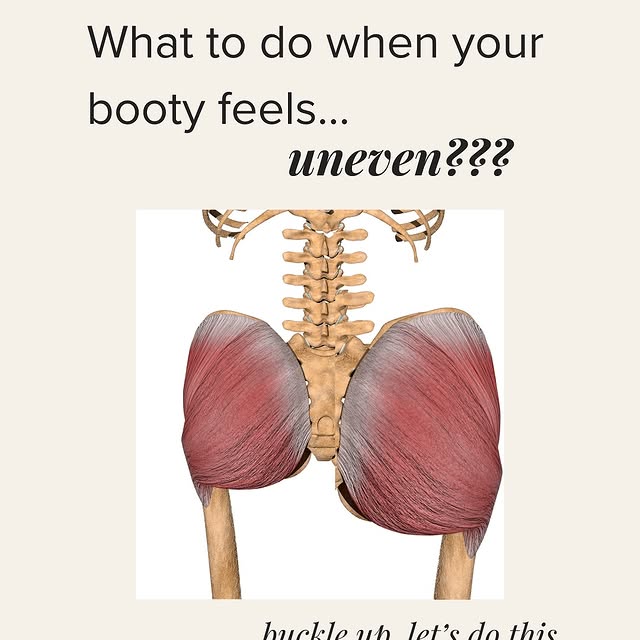
I got this question when I did a story Q&A a couple weeks ago, and I felt like it needed a full post, so here it is! 🍑 I can’t remember who asked the question, so I hope they see this!🤦♀️🫶🏼 (I had fun dusting off my Myokin manual while making this post @posturalrestoration )

🍑Often times when we don’t “feel” our Glutes, it’s because they’re having trouble lengthening! 👉🏼Opening and lengthening through the back of the pelvis, and then following it up with hip shifting, can be a great place to start! If you’re still having trouble, make sure to check out the Hinging Workshop inside your Loa Movement membership✨

🤓Exercise & Soreness This Research Recap was inspired by the question: “Do I have to be sore from my workout for it to be effective” - and while I couldn’t find a study looking *specifically* at that question (probably because “effective” is very hard to define and would depend on a person’s goals), I do think this one illuminates a few things: 1️⃣ Soreness (or DOMS: Delayed Onset Muscle Soreness) is very subjective, and therefore not a reliable measurement 2️⃣ We don’t actually know THAT much about DOMS (is it from muscle damage? Connective tissue damage? Sensitization of the mechanoreceptors in the muscle?) 3️⃣ We typically see more intense DOMS in: ✨An untrained population (so individuals new to exercise) ✨A large increase in exercise volume (Ex: you typically do 3 sets of a movement and randomly upped to 7) ✨A large increase in weight (Ex: You bumped up from 20 lbs to 30 lbs dumbbells for your chest press) ✨A workout focused on eccentric movements (Ex: you did slow 5 second tempo lowers for your chest press) 👉🏼Here’s MY take on post-exercise soreness: I think it CAN indicate that you challenged your muscles with a new stimulus, and it’s a nice reminder that “heck yeah, I worked hard today!”, but I definitely DON’T think you HAVE TO BE SORE for your workout to “count” or “be effective.” If you’re working out consistently, and you just make periodic small increases in your weights… you probably aren’t going to be crazy sore very often since you’re so consistent! Rememer: DOMS is mainly from a *new* stimulus! I also think ALWAYS being insanely sore from a workout isn’t the goal, since it’ll most likely limit your ability to move/exercise in the next couple days, and for me personally, I want to run around with my daughter, go on daily walks, etc and not feel limited from extreme soreness. ⬇️⬇️What are your thoughts on soreness? Let me know below!🫶🏼🫶🏼 [STUDY DOI: 10.1034/j.1600-0838.2002.10178.x ]
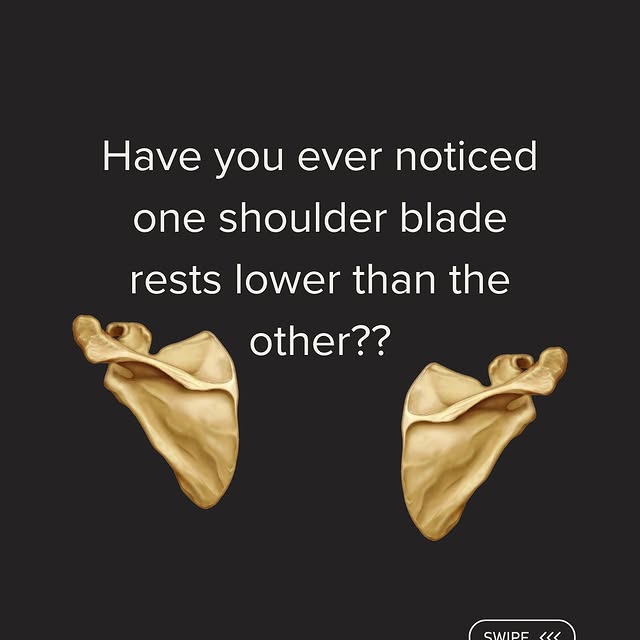
🎉Excited to drop a new Body & Breath class for February! 👉🏼Comment “Trial14” to move with me for 2 weeks free🫶🏼🫶🏼

🍑Your glutes are in charge of turning your pelvis. ✨So when you push off of your Right leg, your Glutes turn the pelvis to the Left (sending you OFF your Right leg)… ✨And then when you push off your Left leg, your Glutes turn your pelvis back to the Right (to send you off your Left leg). Pelvis turns away from the leg = HIP external rotation! 🤗Again, just another reason why I like single-leg or “kickstand” exercise variatons- to allow this natural pelvic movement to occur. 👉🏼Next post I’ll be doing a Research Recap on soreness, so be sure to follow along🫶🏼
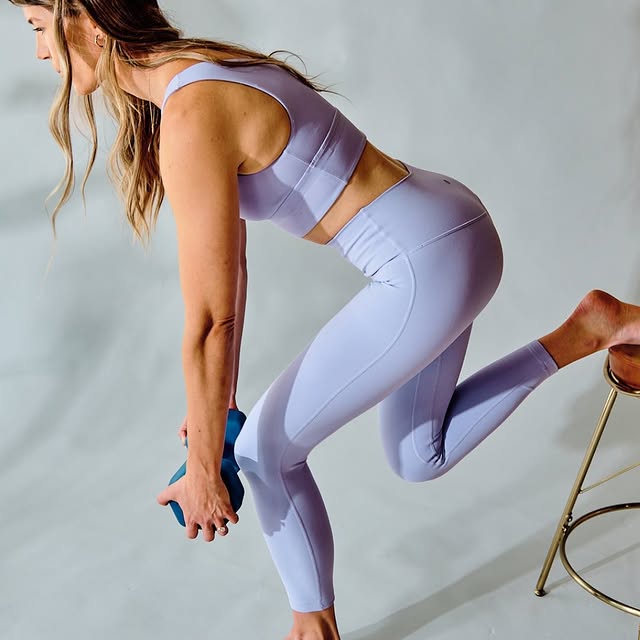
🍑Your Glute Max is a powerful external rotator! When we’re walking, our Glutes are in charge of pushing us off one leg and sending us onto the other🚶♀️ So it’s not just hip extension, but also external rotation to turn our pelvis away from the leg we’re pushing off of! If you take Loa Movement classes, you know I’m a big fan of single-leg Glute work. ⬇️Here’s why: 1️⃣ You can use less weight: YUP. If you’re holding a dumbbell and you pick up one leg, you’ve just doubled the load to that glute, versus when both glutes are being loaded at the same time. This means exercises an be lower-back friendly, because you can hold a lighter dumbbell for the same load. 2️⃣ More Lower Back Friendly: I often find that bilateral exercises can really key up the back extensors to kick on and work in over drive. While this isn’t a bad thing, if you’re sensitive in your lower back, it can make it less comfortable 3️⃣ More “Functional:” Alright well I’m using this word very lightly… because I do think squatting is “functional” but ultimately I walk WAYYY more than I squat… and single leg exercises more mimic what the glute is doing during walking 🤐And while I know single-leg exercises get a bad rep for people with SI issues, I actually find them extremely beneficial (which probably needs it’s own post, but really quickly) if your pelvis is relatively stuck in a pattern, we will typically stay in that pattern for a bilateral exercise, just continuing to either compress or distract the painful SI joint. With exercises in a Kickstand position, so we’re primarily loading one leg, we allow for the pelvis to rotate and move on a fixed femur, which I’ve found to feel really great for an SI joint! Alright- if you made it this far! Congrats! 🎉😅
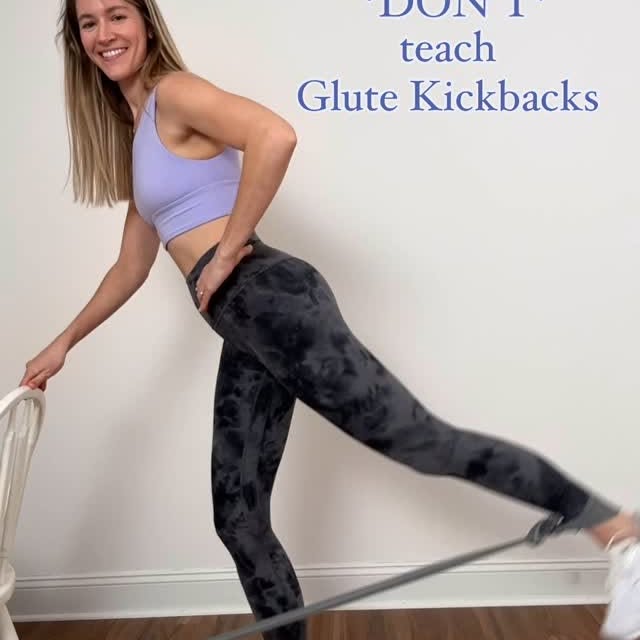
📣To be clear: extending from the spine isn’t a bad thing!! But it won’t grow a 🍑 Many of my members have struggled with sore, achey backs after a lifting routine, and now with Loa, they don’t have that anymore!🎉 I think a big reason is exercise selection! While there’s nothing inherently “wrong” or “bad” about a Glute Kickback- For someone with a sensitive lower back, repetitively loading spinal extension might not feel great (and it’s not an effective glute workout either).😬 Instead, we want to load the Glutes through full hip range of motion!🔑👍🏼 One of my absolute favorite exercises is the Rear Foot Elevated Split Squat (RFESS) - and using your opposite hand on a wall for added support can be a game changer too!💗🍑 Talking more about the Glutes tomorrow✨🤗
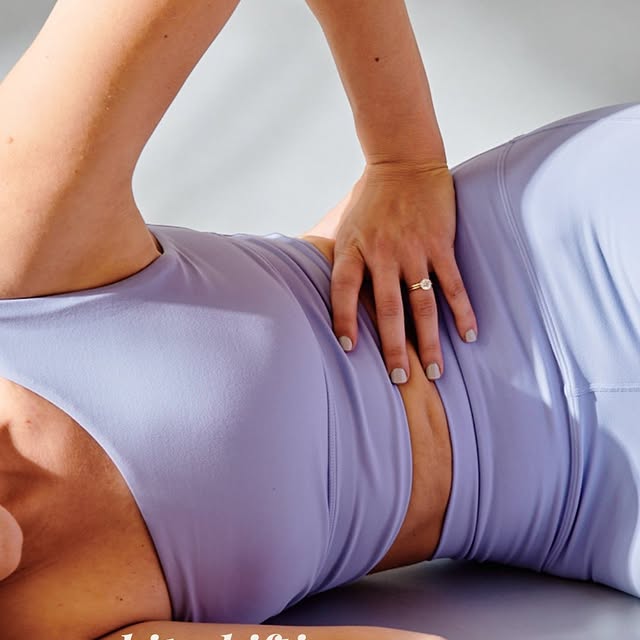
😞When SI ligaments become painful- it can feel like you need to AVOID hip shifting to not “stress” the ligaments. (cue movements like abdominal bracing and such to “limit” movement) And while this may be true in cases of acute pain, we eventually want to be able to restore normal variation and movement to the pelvis🤗 Muscles on the back of our pelvis (think Glutes, Piriformis) need to be able to alternate between a lengthened position for stance and a shortened position to push-off the leg🚶♀️ ✨In turn, we also want an SI joint that can tolerate BOTH compression and distraction during these movements. Restoring normal hip shifting can be a great way to do this!!🫶🏼 I like starting in a more non weight bearing position, like sidelying 90/90 And then progressing to my fav movement: The Standing Hip Shift💗 Have you tried these movements?!🤩
Similar Influencers

Danni Leona

Charlotte Emily | self love

NICOLE | beginner fitness

Tasia | Food Freedom + Body Image

A N S H U M A N B A B B A R

Ashlee

Danna Ponce✨

Shena J.|ED Recovery|RD

Anna Sweeney | a dietitian who gives a sh*t.

That Nudist Couple

Yoga, Surf, HIIT Fitness & Anti-inflammatory food Retreats

Larkin Aurelius Magnus

Bader + Simon Gallery

Maria/ Bodyfreedom®

Benedetta Lo Zito

Women’s Fitness & Confidence | Home Workouts & Nutrition

CAT MEFFAN | Embodied Movement, Sound + Breath 🌷

Björnuzzo

Bethany ⚡️ Magic Through Movement

MAURA HIGGINS

Ambar Miraaj Driscoll

Prasad Rangnekar

Carling Harps

lottie drynan

Issy🔹Yoga & movement teacher

Bonnie Weeks

Sabrina Carpenter

Adam Husler

Move With Adell 😘MWA
